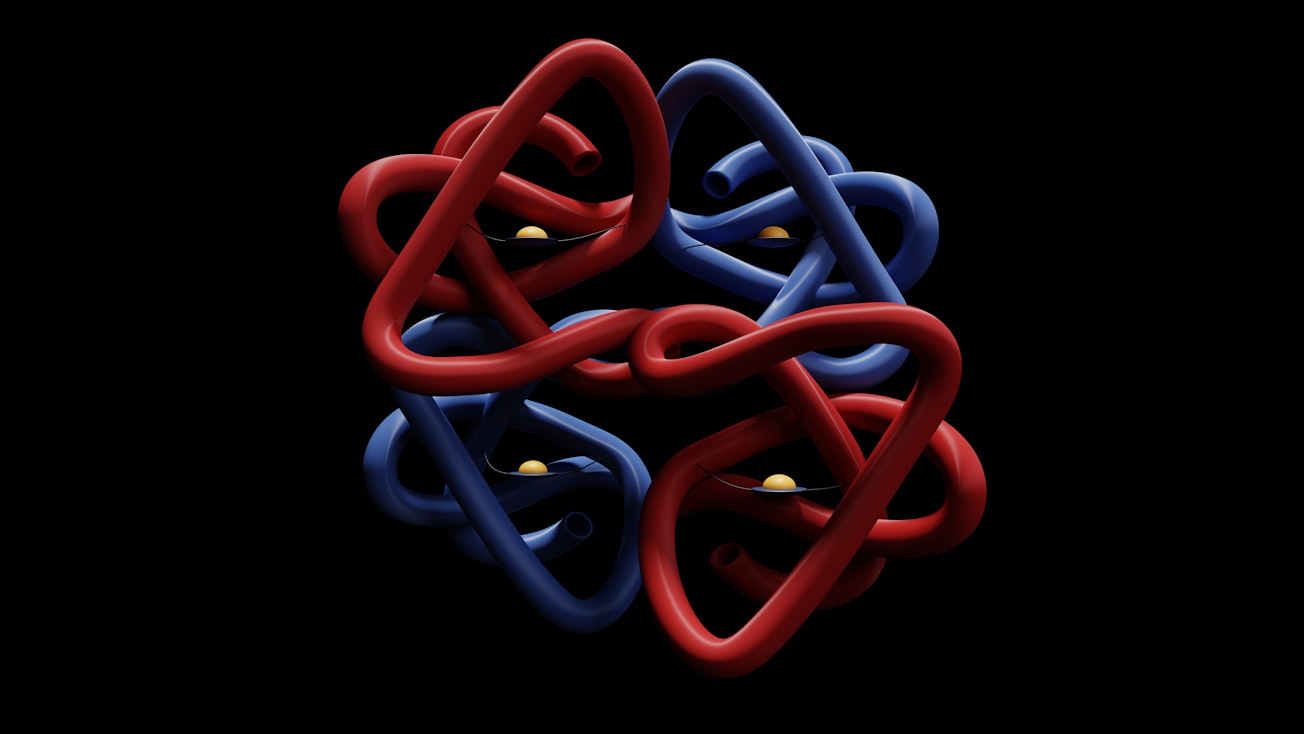What is it about?
A single reverse phase stability indicating chromatographic method chromatographic method was developed which can quantify Ganirelix and its impurities in pharmaceutical drug product. In the present work, we described the forced degradation study, chromatographic separation, isolation and purification of impurity fractions by flash chromatography and identification of major unknown degradants of Ganirelix by LC-MS-QTOF. The method was validated as per ICH Q2 guidelines. The reported method is sensitive (LOQ ̴ 0.04%), linear, precise and accurate in the range of 0.2 µg/mL to 6.5 µg/mL for related impurities of Ganirelix and 0.35 mg/mL to 0.65 mg/mL for assay of Ganirelix.
Featured Image

Photo by Hassaan Here on Unsplash
Why is it important?
Temperature and humidity levels can fluctuate significantly during transportation. Changes in the manufacturing process and storage environment are extremely sensitive to peptide molecules, resulting in modifications to their primary (amino acid composition and sequence) and secondary structures. Changes in the primary and secondary structure of certain peptides can have a significant impact on their biological function, so it is critical to evaluate their primary and secondary structural integrity after any processing or storage variation.
Read the Original
This page is a summary of: Establishment of validated stability indicating purity method based on the stress degradation behavior of gonadotropin-releasing hormone antagonist (ganirelix) in an injectable formulation using HPLC and LC-MS-QTOF, European Journal of Mass Spectrometry, April 2021, SAGE Publications,
DOI: 10.1177/14690667211005335.
You can read the full text:
Contributors
The following have contributed to this page










